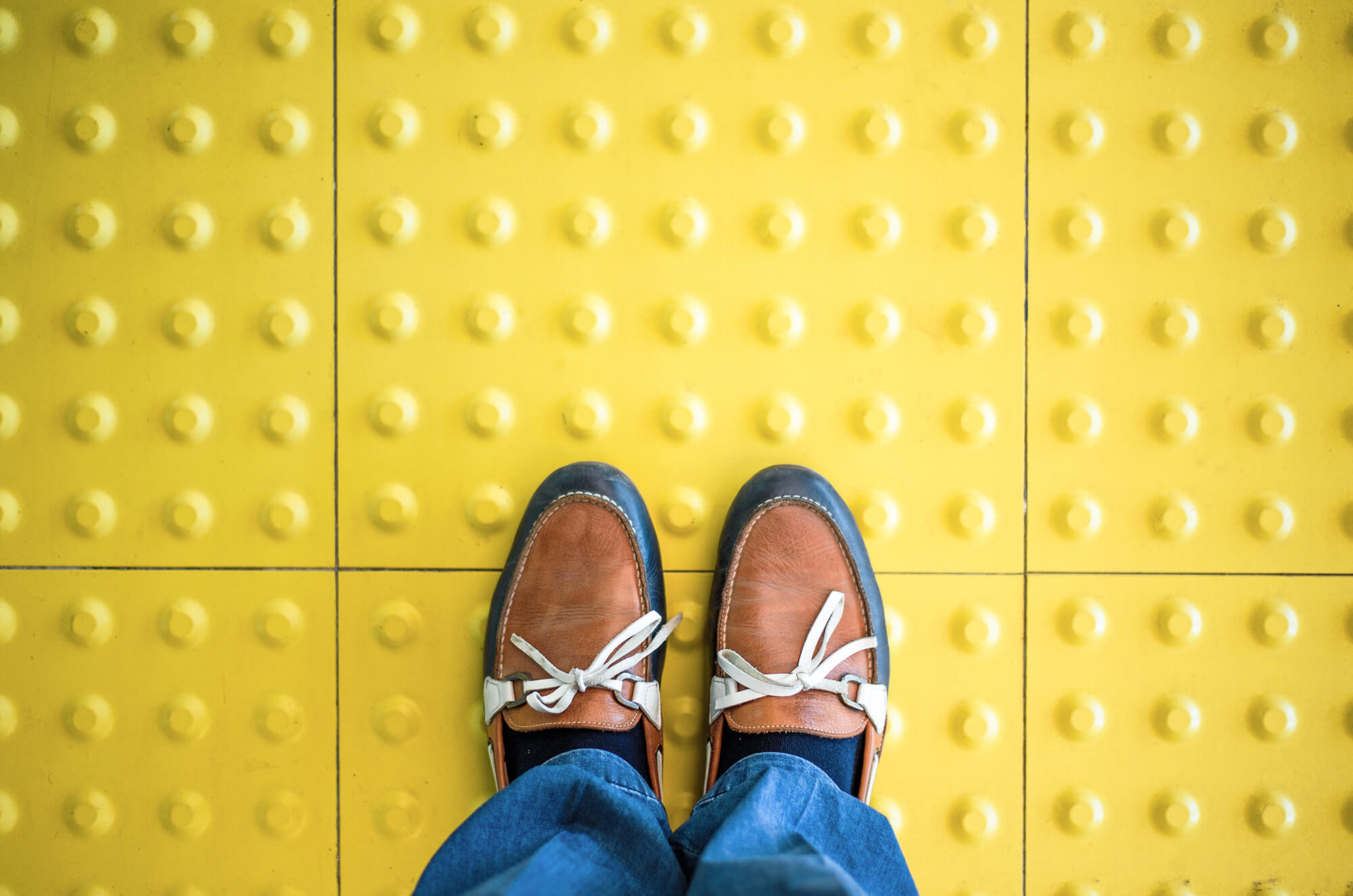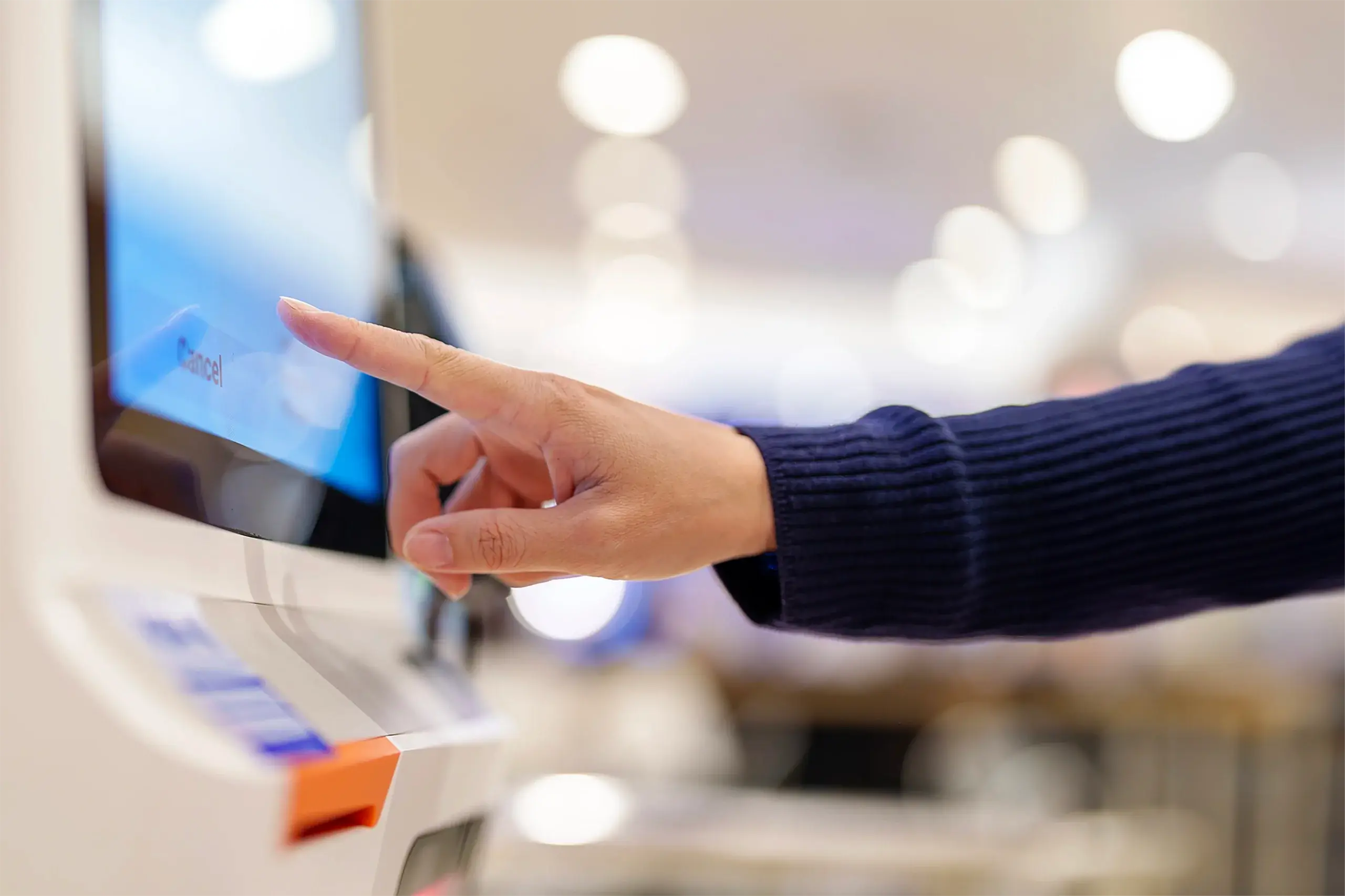
An Accessible World for All
Accessibility has become a hot topic in the design world but how do we design for it? And how do we plan for it? In a diverse world like ours, we need to support a wide range of users so that we can create exceptional experiences for them. Our goal as designers should be to make experiences that empower all users and not only some users.
A study done by Statistics Canada in 2012 found that 13.7% of the population lives with some kind of disability, so you can assume that means part of your user base has special needs. In reality, if we make things accessible, then we are making things better for 100% of our users.
A disability can affect a person in many ways: cognitive, physical, psychological, audio and visual. A disability should not disable people from using a product or service. It only means that they have different needs, which can be accommodated for if we think about them when designing a product or a service.
One problem though! We lack empathy for people who are living with disabilities in the way we talk about meeting their needs. Often, public organizations are mandated to be “accessibleâ€Â. When organizations talk about accessibility as a requirement, they lose sight of why they would be willing to make something accessible. They use design and development processes to ensure they are compliant with outlined government rules which helps them become accessible. But where is the humanity in this approach?
Recently, Akendi worked with a company that sells metal products. This company had a very interesting design problem: Their workers were both in an office and in a supply warehouse and they all used the same system. Often, warehouse environments have a high number of male workers and 1 in 12 men live with colour blindness (stat from colourblindawareness.org). You can imagine that in a warehouse full of male workers, they would have a handful of people affected by colour blindness.
Our client expressed a need to create a system that accommodates these workers. The client never said that they needed to be accessibility compliant. Rather, they talked about their requirements from a more human stance: “We’ve talked to some of our operators and they’ve indicated that our system has to accommodate those with colour blindnessâ€Â. Not once did this organization consider colour blindness as a limitation for their workers. Rather, it was something that they, the business, needed to accommodate so that their workers could do their jobs.
The system we designed has no controls to change the colours to work better for users with colour blindness. Instead, we considered the needs of the users when designing the tool from the start. The system is seamless. There are no accessibility features that stand out as such, because we’ve ensured that the design will work for those with or without colour blindness.
What was different about this company was the way they handled the colour blindness issue. They empathized with their users, who were people they interact and work with on a daily basis. Their closeness to one another made them want to take care of each other. So why can’t we start treating users we don’t know with the same compassion and willingness to create designs that are accessible and inclusive?
Check out some of these inspiring organizations that are devoted to creating an inclusive and accessible world:
Accessible Icon Project
The Accessible Icon Project goal is to create a more accessible world rethinking the image of the well-known wheelchair icon. Leveraging design activism they are challenging society’s perception of the capabilities of people with disabilities.

New accessible icon painted over the original  |  Image credit: http://accessibleicon.org
Stop Gap Foundation
If you live in Toronto, you’ve probably seen a stop gap ramp in action. They provide custom made ramps for business across Canada that are not wheelchair accessible.

Red Stop Gap ramp at a barber shop in Toronto  | Image credit: http://stopgap.ca
Made by Dyslexia
A global charity lead by famous dyslexic people such as Richard Branson, the founder of Virgin. Made by Dyslexia’s main goal is to raise awareness about dyslexia, removing the stigma that people with learning disabilities are at a disadvantage and cannot be successful.

Homepage of http://madebydyslexia.org
Rogers & The Broadcasting Accessibility Fund
Recently, Akendi partnered with Rogers and The Broadcasting Accessibility Fund to conduct research with low ÂÂsighted and non-sighted TV users. What we found was that the set-top-box and remote didn’t support these users at all and left them alienated and frustrated. Rogers is currently working towards making a more accessible TV experience for all users. You can read about the report here.

Rogers & B.A.F research conducted and report designed by Akendi
If we stop thinking about accessibility as a requirement and start thinking about what our users need, then we will create a more accessible and inclusive world.
Comments
Related Articles



